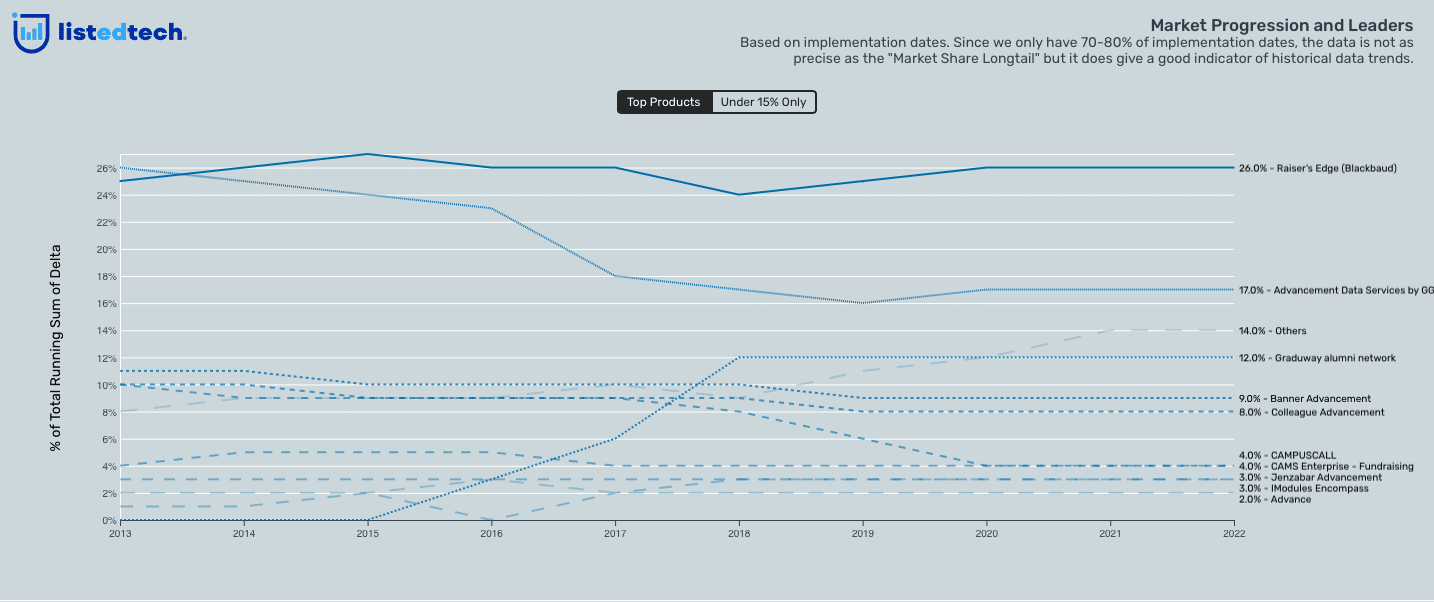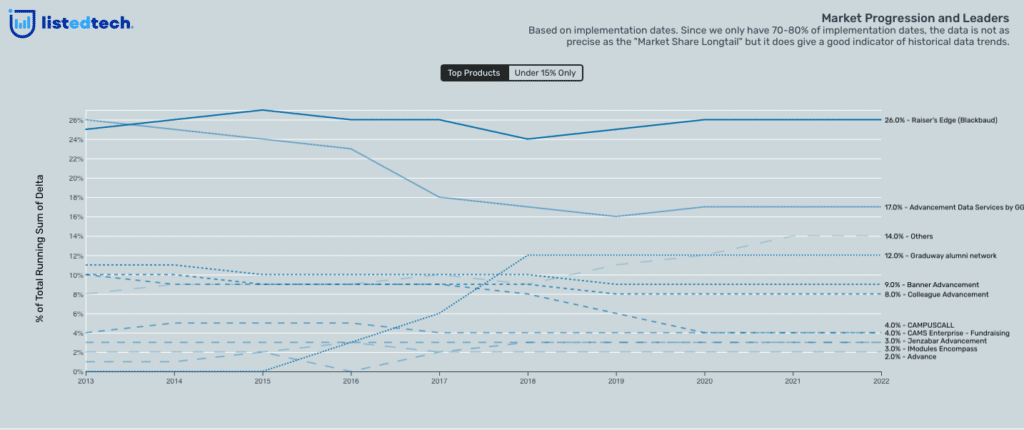
For many years, relationships between an institution and its students or potential students were done the old fashion way: buying lists from companies, sending snail mail and hoping that this will lead to students in the classroom. Customer relationship management (CRM) systems were out of the possibility as most of the work was made manually and computer software was not designed for this purpose. At the time, keeping a good relationship with future students was time-consuming and did not necessarily yield positive results. Fortunately, customer relationship management has evolved greatly since the 20th century. Today, thanks to the technology used in CRM software, we can send personalized content to prospective students, analyze their responses and even predict their likeliness to accept an offer from an institution.
CRM software in the higher education sector differs from the conventional business concept since students don’t buy a product per se. ‘Customers’ are students, alumni, parents and high school guidance counsellors. In the education setting, the term customer is often replaced by constituent similar to what we see in other non-commercial organizations. But it does not mean that an effective CRM system cannot be just as beneficial in an educational setting as elsewhere.
Customer relationship management systems in higher education are set up to respond to three business goals: follow applicants’ journey through their admission process, ensure proper communication with students during their studies, and engage with them as alumni and donors. Most solutions will respond to one of the three business needs. Sometimes, one software can cover the full business spectrum.
When considering the following advantages of CRM higher education, it is easy to understand the appeal of adopting CRM software:
- Centralization of data storage and access – The creation of a centralised, simplified hub for the storage and retrieval of essential data (biographical data, e-mail exchange, admission documents, course information, academic documents, etc.).
- Automation of administrative tasks – Any number of rudimentary admin and filing tasks traditionally performed by human workers can be automated and accelerated with CRM software. The automation reduces the risk of human error and ensures a better use of resources.
- Improved marketing techniques – CRM software can provide invaluable insights into an institution’s main target market and its preferences, aiding the development and implementation of more effective marketing strategies. It also helps to understand student motivation to pursue postsecondary studies as well as respond to other business needs.
- Enhanced internal communication – Streamlined and simplified interdepartmental communication often holds the key to running a more efficient business within an institution.
The Current Market Trends in CRM
Because of the three operational objectives mentioned earlier, we have created three distinct subcategories in our portal for CRM software: CRM – general, CRM – Admissions and CRM – Alumni. The CRM general category has one of the longest tail of products in higher education IT systems. When looking at the market shares, the majority of the products have less than 2% of the market. Salesforce is the biggest player with about 20% of the market. Some companies own several CRM solutions in the general category as well as admissions and alumni. Please note that we represent products in our graphs, not companies. This is what the North American market for the general CRM solutions looks like:

As said before, the CRM market has changed extensively over the past twenty years. Salesforce has been present in the CRM education business for more than a decade. Overall, it is implemented more often and more recently than other solutions in the general CRM category.
The Adoption and Evolution of CRM
The majority of businesses have already adopted customer relationship management software to improve communication with their clients and increase their sales. According to a recent study conducted by Buyer Zone, more than 91% of businesses that employ more than 100 people are now using CRM applications of some kind.
Based on ListEdTech database numbers, the situation in education is not as rosy: only 41% of universities and colleges use a CRM system. We believe that the actual number is around 50%. We can explain the low adoption rate because of the complexity of implementing a customer relationship management system in institutions. Institutions don’t use the same software, they don’t have the same organizational structure and their operational budget can greatly influence their business priorities.
When it comes to engaging with alumni and donors, universities often invest in CRM solutions to ensure they can track all donations and invite their alumni to homecoming activities. The following graph shows the market progression of the past decade for the CRM-Alumni subcategory. Since 2015, Raiser’s Edge has clearly taken the lead of this product subcategory.

The Advent of Cloud CRM Solutions
What will most likely dominate the CRM landscape in higher education over the next few years is the growth, expansion and availability of increasingly sophisticated cloud-based solutions. The speed at which cloud-based CRM has grown over recent years is quite remarkable.
According to research conducted by SuperOffice, just 12% of businesses were using cloud-based CRM in 2008. Today, the figure is closer to 87%. Cloud-based CRM provides the perfect opportunity for higher education businesses to invest in the highest quality CRM software without the associated costs of adopting on-site hardware and software systems.
At ListEdTech, we don’t see this level of adoption in our data, but the trend goes certainly towards cloud hosting. In 2021, the hosted implementations represented 80% of all new implementations.

In addition, the fact that software as a system (SaaS) is comprehensively scalable makes it ideal for growing education institutions. Hosted solutions are also beneficial to institutions for their constant security and software updates, their team of project management professionals to support institutions’ growth and their engineered software development team.
Prioritising the Student Experience
Today’s prospective students are more demanding than ever. They want to know everything about their new program, campus and university without asking. They want to know if they are admitted before filling out their applications. When institutions decide to use a CRM solution, they can achieve the impossible: they can understand students’ needs before they ask, they can admit them faster and they can provide services at a faster pace. CRM systems can help to provide the consistently superior experience institutions’ audience demand.
Ultimately, customer relationship management software exists to enable universities and colleges to do their job better. And in doing so, attract and retain more students for the benefit of their institutions.

